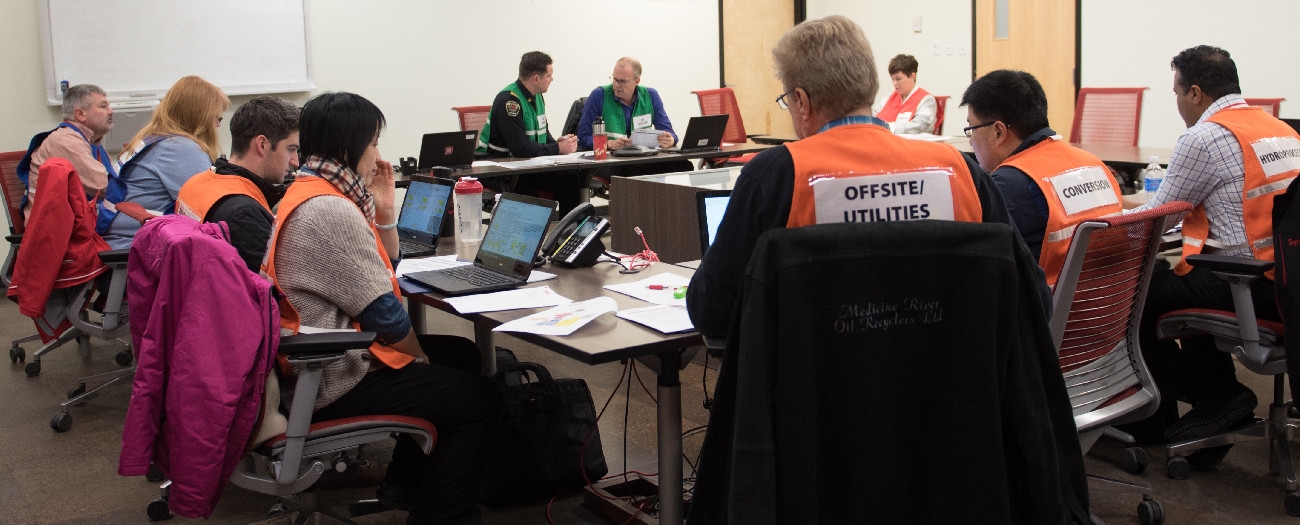Syncrude, regulators test ability to respond to an emergency
Alberta - June 03, 2019As in any other day, technicians working in the control room at Syncrude's Mildred Lake oil sands mine check to see that everything is operating the way that it should be. All of a sudden, an alarm sounds at one of its upgraders, signalling hydrogen sulphide, a sour gas leak, which can be deadly at high concentrations.
A technician jumps into action, calling the unit's field operator, who confirms that a sour gas leak is coming from a pipe rack—one of the arteries of the upgrader that holds together a number of pipes carrying different products that help turn oil sands ore into high-quality crude. The field operator also reports that alarms are going off in the area, telling staff to "shelter in place," which means take refuge indoors.
Within minutes, Syncrude's emergency responders arrive on scene, spraying water to suppress any gas vapours wafting across the site. Other staff muster in the emergency operations centre to start the emergency response plan. Site staff know the incident is likely to last several hours and expect odours to travel to the nearby community of Fort McKay.
"This is an Exercise"
One of Syncrude's environmental advisors calls the Alberta Energy Regulator (AER) to report the incident—a requirement that applies to all companies when an incident occurs. As soon as the phone is answered the advisor says, "This is an exercise, this is an exercise, this is an exercise. Do you understand?"
With those words, Syncrude's emergency response tabletop exercise kicks into full gear. The AER and a number of other authorities participated in the exercise, including Alberta Environment and Parks, Alberta Health, Alberta Health Services, the Alberta Emergency Management Agency, and Health Canada's First Nations and Inuit Health Branch. Fort McKay First Nation and Fort McKay Métis are there to observe what happens behind the scenes when an incident happens.
Blair Reilly, director of education & prevention at the AER, says the exercise helps the participants identify what works and what doesn't when responding to an incident.
"It's about testing the processes that Syncrude and the different regulators have in place to respond to an incident, seeing how effective communication flows between the company, the regulators, and our stakeholders, and reflecting on how to do things better."
While emergency response exercises occur regularly, this is the first time industry, the regulator, indigenous communities, and stakeholders have gathered for an emergency exercise since the AER was established in 2013. What's unique about this event is that it tested not only the response to an emergency, but also the response to an incident that causes emissions that affect the air quality in Fort McKay.
"It's kind of a step outside of our comfort zone," says Byron Stacey, Syncrude's fire chief and the organizer of the exercise. "However, it's an opportunity to show we do have good processes in place and to learn from our mistakes so we can be better."
Here's a look into how the day went.
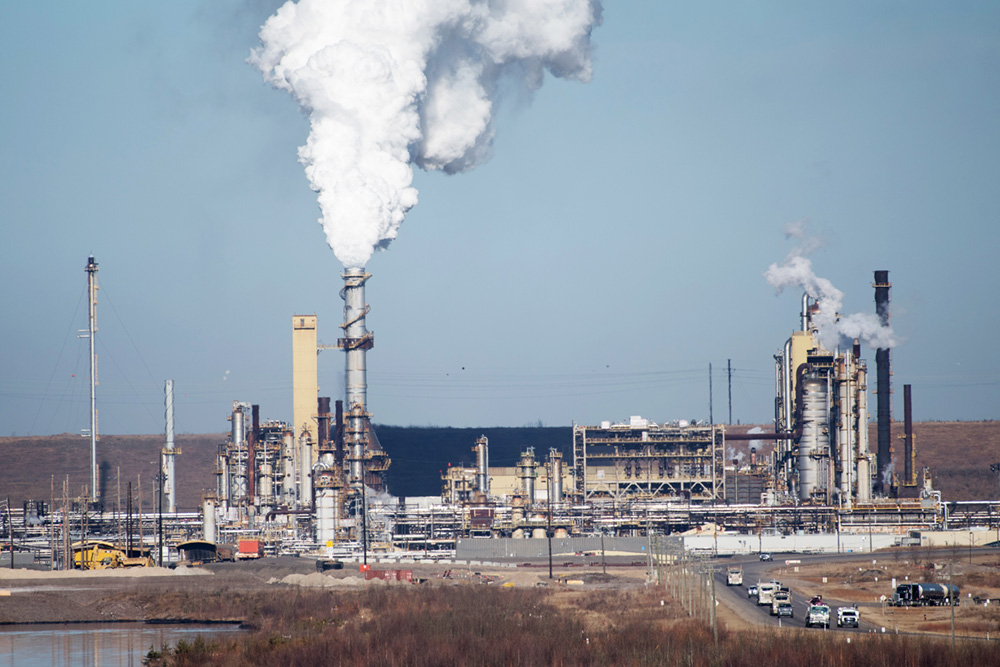
Syncrude's Mildred Lake upgrader, which began operations in 1978, has the capacity to produce up to 350 000 barrels of oil per day.
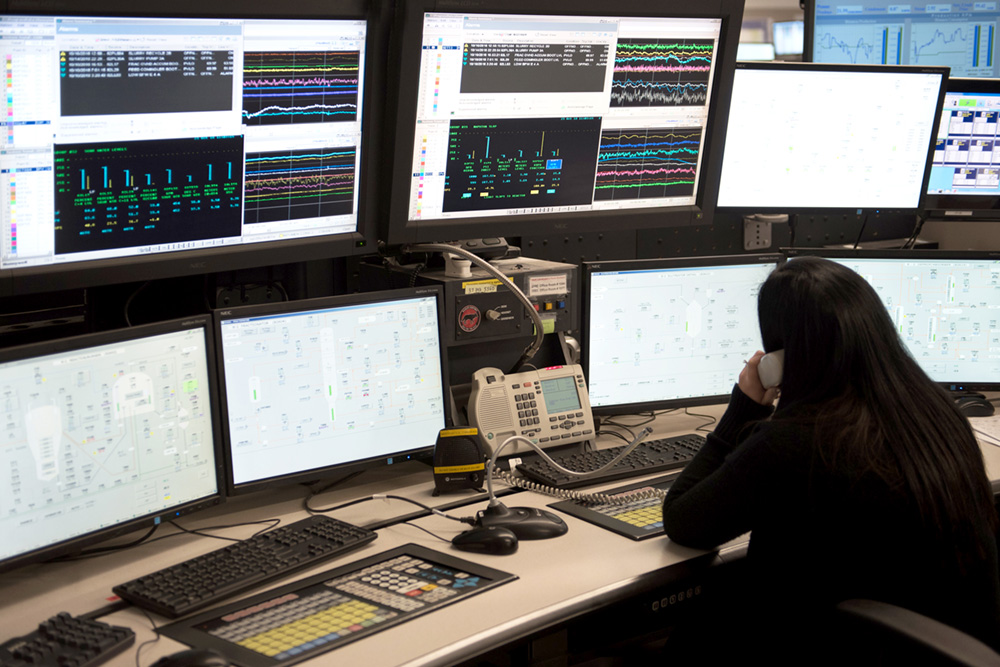
The control room at Mildred Lake. This is the brain of the operations where technicians monitor the temperature, flow, and pressure of the different commodities, and of hydrogen, water, and steam, through different plants to ensure that everything is operating the way that it should.
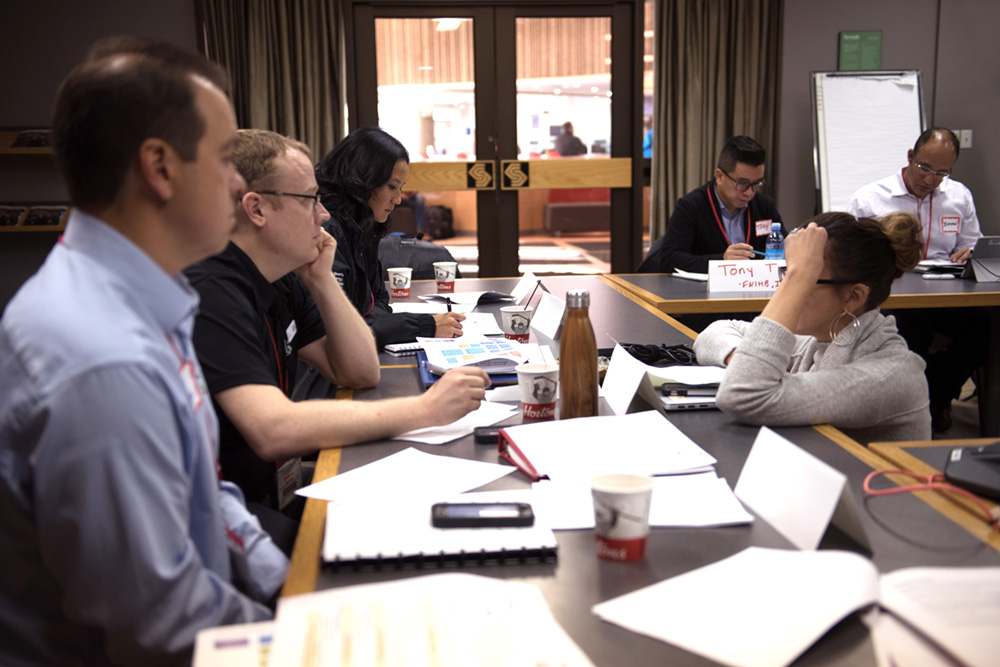
Two different rooms were set up for the emergency response exercise. This first room was where the different regulators worked to respond to the incident.
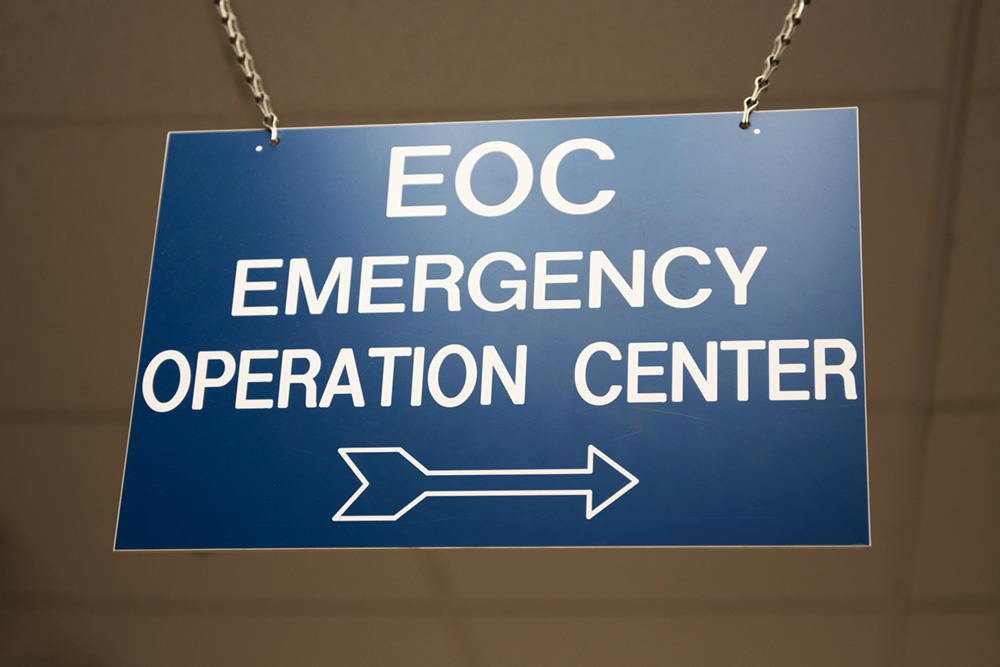
The second room was Syncrude's Emergency Operation Center, where Syncrude staff worked to respond to the incident using the Incident Command System—an emergency response structure used across North America. Observers moved between the two rooms to get an in-depth look at how each participating organization works.
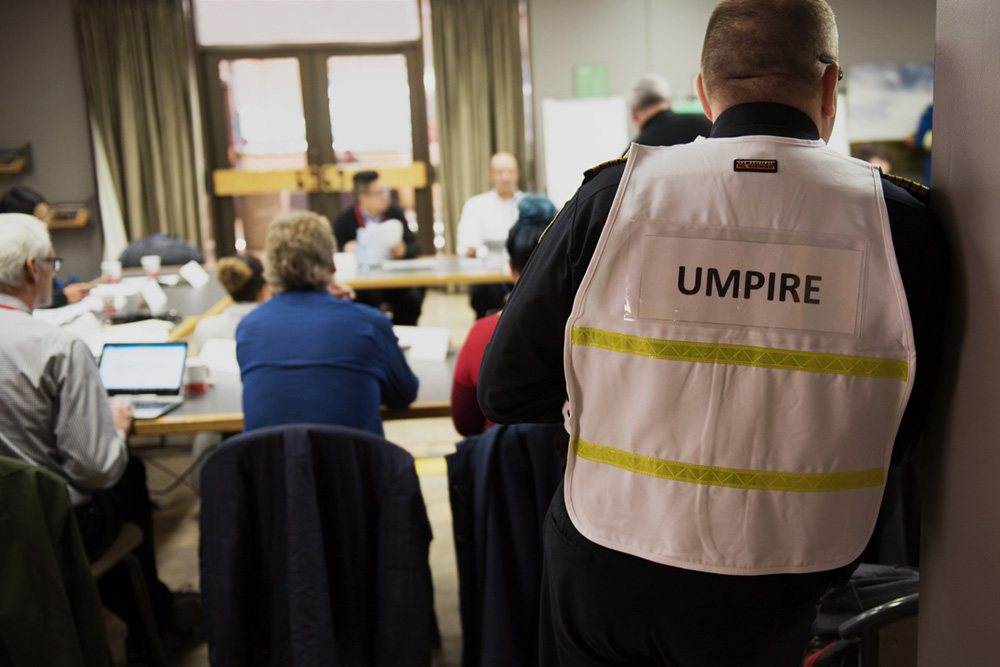
Syncrude's Fire Chief Byron Stacey oversees Syncrude's emergency response exercise to learn what's working well and what could be improved.
Monica Hermary, Writer
Luke Spencer, Digital Media


